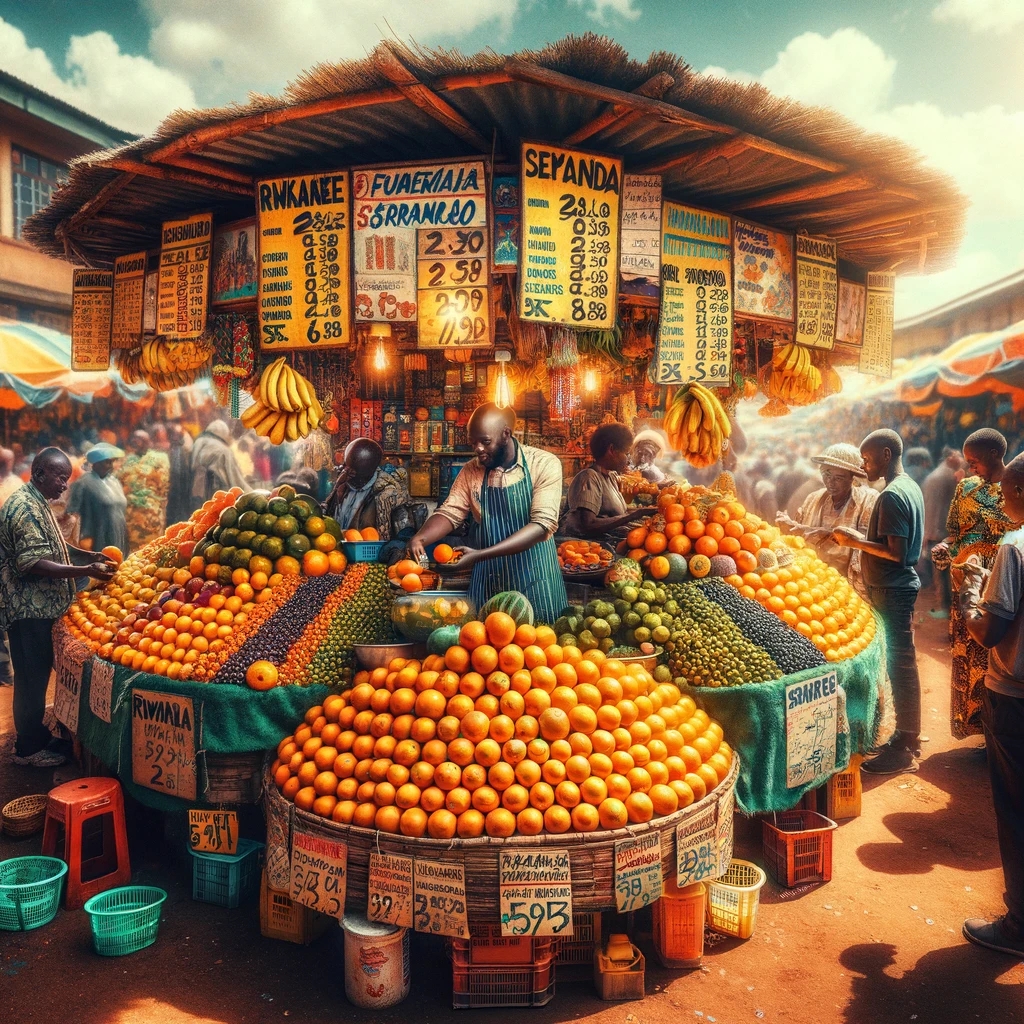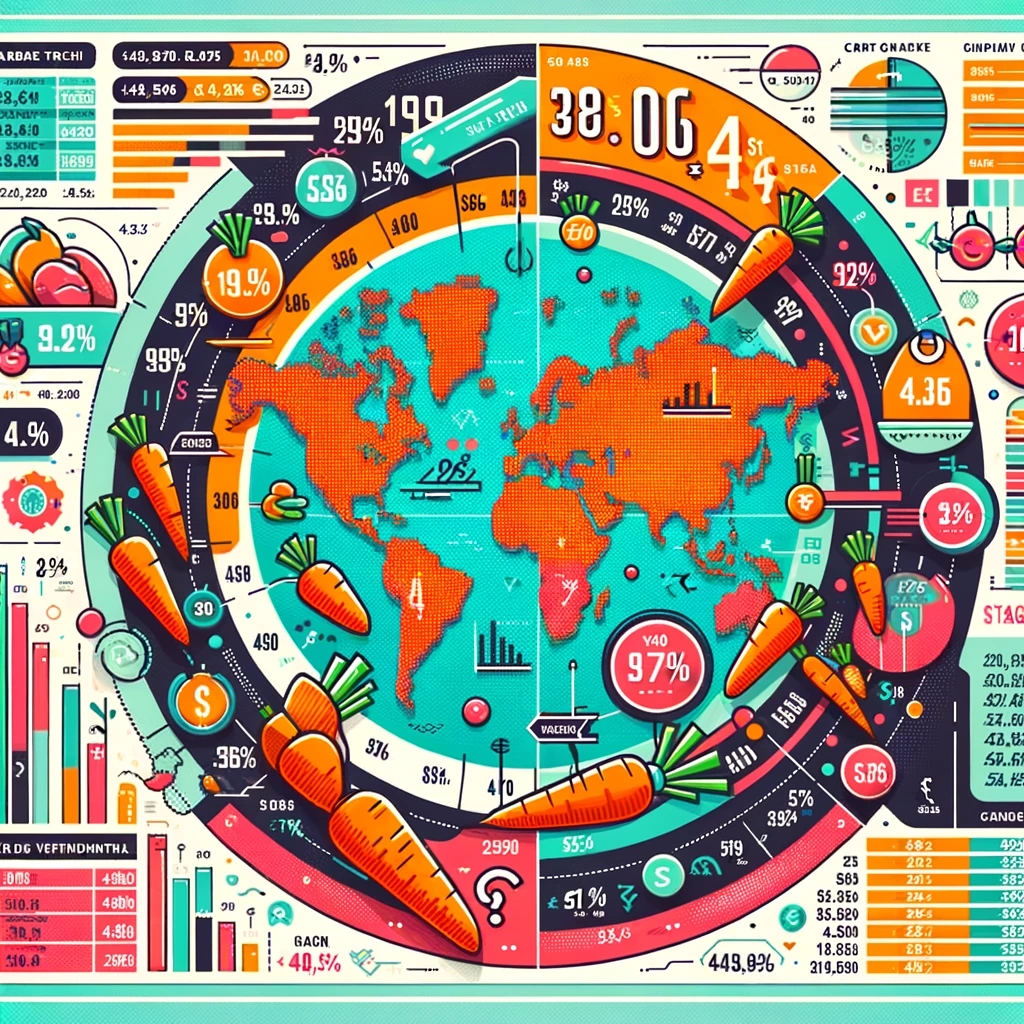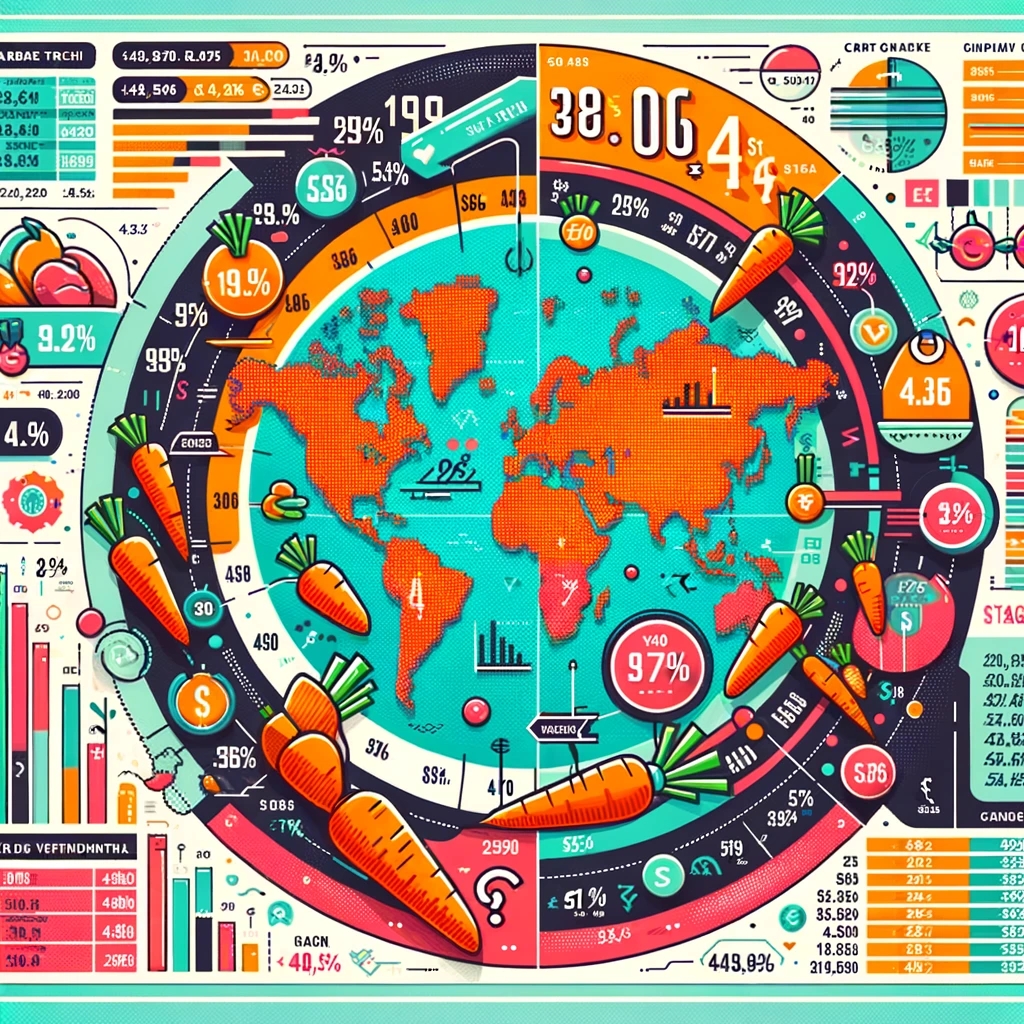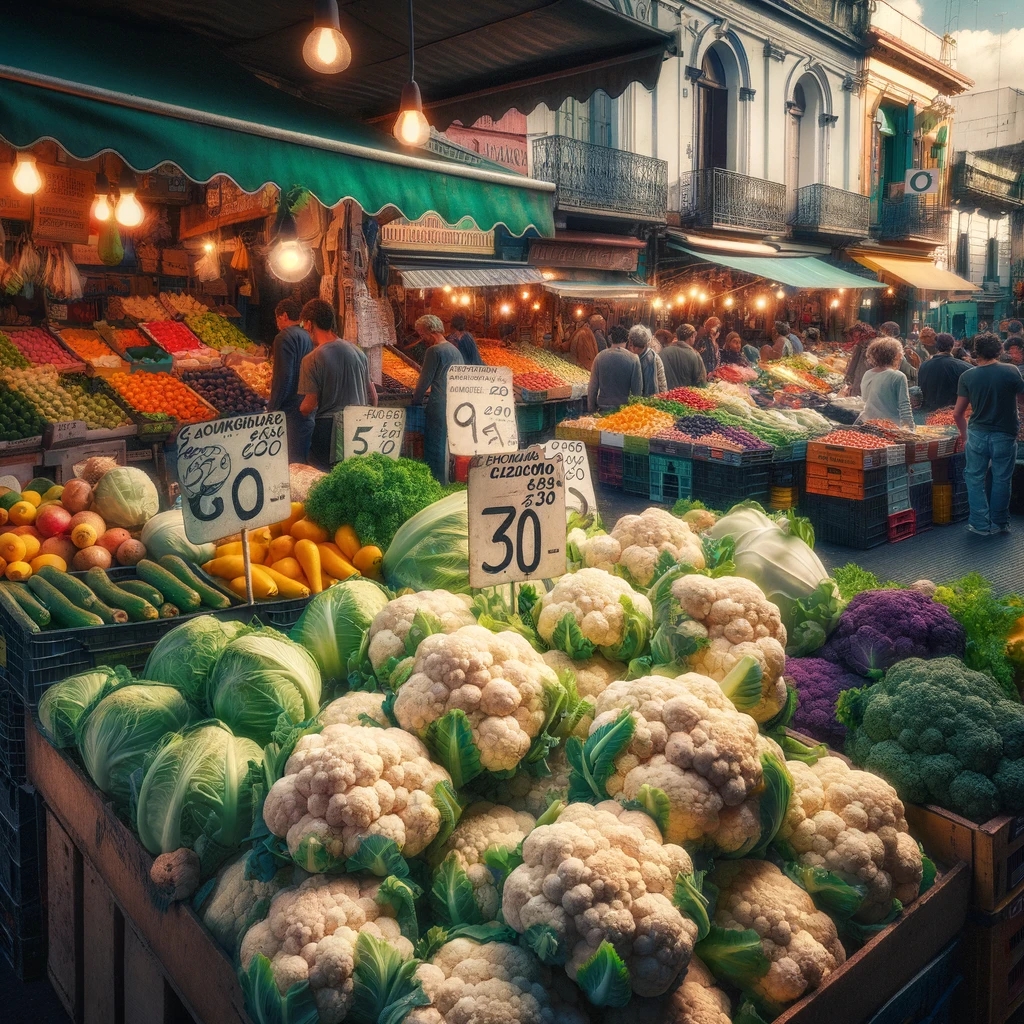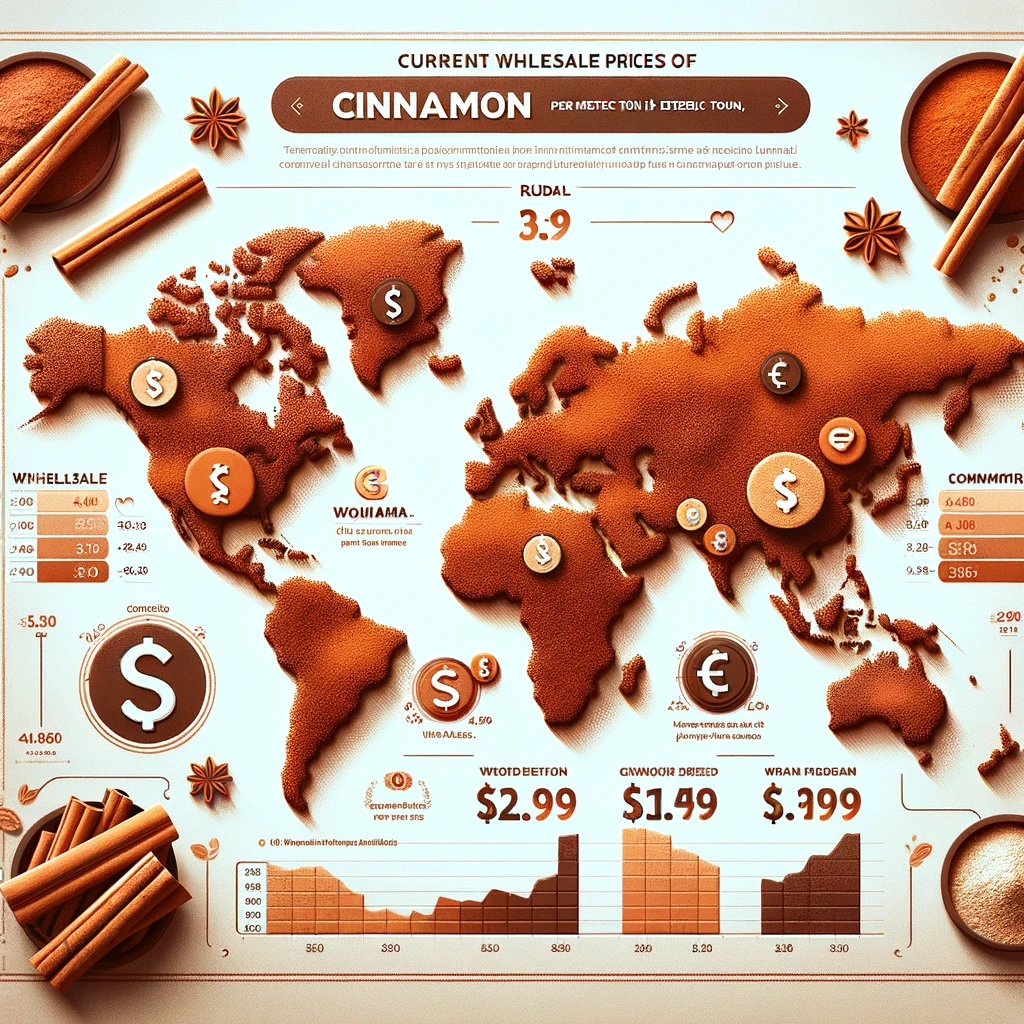The orange market in Rwanda, as detailed by recent data from Husfarm.com, serves as a prime example of agricultural market equilibrium within a developing economy. This analysis, drawing on wholesale market prices from November 2023 through March 2024, explores the price stability of oranges across several key Rwandan markets including Kirambo, Kibungo, and Musanze. Through a meticulous examination of the pricing data, this report aims to uncover the underlying factors contributing to the apparent market stability and discuss its broader implications for stakeholders within the Rwandan agricultural sector.
Steadfast Pricing: A Marker of Stability
The data from Husfarm.com reveals a noteworthy stability in the pricing of oranges within Rwanda’s markets. Prices oscillated slightly between 577 RWF to 600 RWF per kilogram, without significant fluctuations over the observed months. This price stability is indicative of a balanced supply-demand dynamic, where market forces are in equilibrium. The consistency in pricing, especially in a commodity market like that of fruits, underscores the efficiency of Rwanda’s orange supply chain from production through to distribution.
Factors Underpinning Market Stability
Several key factors contribute to the observed price stability in Rwanda’s orange market. Firstly, the country’s agricultural policies, aimed at supporting farmers and ensuring food security, have likely played a critical role. Investment in agricultural technology, irrigation schemes, and post-harvest handling facilities has potentially enhanced orange production, contributing to steady supply levels.
Secondly, Rwanda’s focus on cooperative farming models might be facilitating more predictable output and better market organization. These cooperatives often provide farmers with access to shared resources, training, and direct links to markets, thereby reducing transaction costs and price volatility.
Moreover, Rwanda’s strategic efforts to enhance market access through improved rural infrastructure — such as roads and marketplaces — likely contribute to the efficient distribution of oranges across the country. This not only ensures that produce reaches markets in optimal condition but also helps in stabilizing prices by reducing logistical bottlenecks.
Implications for Stakeholders
The stable pricing environment for oranges in Rwanda carries significant implications for various market participants. For farmers, the predictability of market prices aids in financial planning and investment decisions, potentially encouraging more consistent production efforts. Retailers and traders benefit from a stable market as it allows for more accurate forecasting and inventory management, reducing the risks associated with price volatility.
Consumers, on the other hand, enjoy sustained access to oranges at relatively stable prices, which is important for maintaining dietary diversity and nutrition. Additionally, the stability in the orange market could attract investment into the Rwandan agricultural sector, particularly in the areas of value addition and export market development.
Challenges and Prospects for Growth
While the current stability of the orange market in Rwanda is commendable, challenges such as climate variability, pest and disease outbreaks, and market access barriers remain. Addressing these challenges requires continued investment in agricultural research, extension services, and climate-smart farming practices.
Looking ahead, there is potential for Rwanda’s orange market to not only sustain its internal stability but also expand its footprint in regional and international markets. Leveraging the country’s growing reputation for quality agricultural produce, there lies an opportunity to explore value-added products such as orange juice and dried orange segments for export.
Conclusion: Towards a Brighter Future
The stable prices in Rwanda’s orange market reflect a well-balanced agricultural ecosystem that benefits all stakeholders involved. As Rwanda continues to advance its agricultural sector, the lessons learned from the orange market could serve as a blueprint for other crops and commodities. By maintaining focus on innovation, market access, and sustainability, Rwanda is poised to harness even greater value from its agricultural sector, ensuring food security and economic growth in the years to come.
